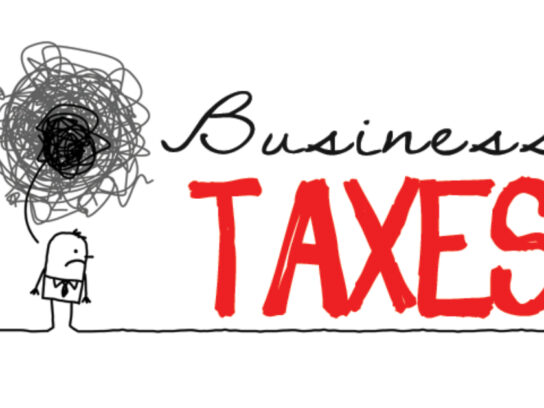
Now is a good time to consider year-end moves that can help reduce your business’s 2024 taxes. The effectiveness of a particular action depends on the circumstances of your business. Here are several possibilities.
Time Income and Deductions
A tried-and-true tactic for minimizing your tax bill is to defer income to next year and accelerate deductible expenses into this year. For example, if your business uses the cash method of accounting, consider deferring income by postponing invoices until late in the year or accelerating deductions by paying certain expenses before year end.
If your business uses the accrual method of accounting, you have less flexibility to control the timing of income and expenses, but there are still some things you can do. For example, you may be able to deduct year-end bonuses accrued this year even if they aren’t paid until next year (if they’re paid by March 15, 2025).
Accrual-basis businesses may also be able to defer income from certain advance payments (such as licensing fees, subscriptions, membership dues, and payments under guaranty or warranty contracts) until next year. These payments may be deferred to the extent they’re recorded as deferred revenue on an “applicable financial statement” of the business, for example, an audited financial statement or a financial statement filed with the Securities and Exchange Commission.
Deferring income and accelerating deductions isn’t right for every business. In some cases, it may be advantageous to do the opposite, that is, to accelerate income and defer deductions. This may be the case if, for example, you believe your business will be in a higher tax bracket next year.
Buy Equipment and Other Fixed Assets
One of the most effective ways to generate tax deductions is to buy equipment, machinery and other fixed assets and place them in service by Dec. 31. Ordinarily these assets are capitalized and depreciated over several years, but there are a few options for deducting some or all of these expenses immediately, including:
Section 179 expensing. This break allows you to deduct up to $1.22 million in expenses for qualifying tangible property and certain computer software placed in service in 2024. It’s phased out on a dollar-for-dollar basis to the extent Sec. 179 expenditures exceed $3.05 million for 2024.
Bonus depreciation. This year, you can deduct up to 60% of the cost of eligible tangible property, which includes most equipment and machinery, as well as off-the-shelf computer software and certain improvements to nonresidential building interiors. Now’s the time to take advantage of bonus depreciation, since the deduction limit is scheduled to drop to 40% next year and 20% in 2026 and to be eliminated after that, unless Congress passes new legislation.
De minimis safe harbor. This provision allows you to expense certain low-cost items used in your business, even if they’d ordinarily be treated as fixed assets that are capitalized and depreciated. If your business has applicable financial statements, you can deduct up to $5,000 per purchase or invoice for these items to the extent that you deduct them for accounting purposes. If you don’t have applicable financial statements, then the limit is $2,500.
Despite the term “de minimis,” the safe harbor makes it possible to immediately deduct a significant amount of property. For example, if you buy 10 computers for your business for $2,500 each, you can deduct as much as $25,000 up front.
Each of these options has advantages and disadvantages and is subject to various rules and limitations. Contact the office for help choosing the most effective strategies for your business.
Fund a Retirement Plan
If you don’t have a retirement plan, establishing one can be a great way to generate tax benefits. It can also improve employee recruitment and retention efforts. Certain employers are entitled to tax credits for starting a new plan.
Whether you start a new plan now or already had one in place, depending on the type of plan, you may be able to take 2024 deductions for contributions you make after year end. Some plans, including simplified employee pensions (SEPs), can be adopted and funded after year end and still create deductions for this year.
Be Prepared to Write Off Bad Debts
Year end is a good time to review your receivables and determine whether any business debts have become worthless or uncollectible. If they have, you may be able to reduce 2024 taxes by claiming a bad debt deduction.
To qualify for the deduction, you’ll need documentation or other evidence that the debt is bona fide. You’ll also need evidence that there’s no reasonable expectation of payment (such as the debtor’s insolvency or bankruptcy) or documentation that you’ve taken reasonable steps to collect the debt. You should also have documentation that the debt was charged off this year, which is required for partially worthless debts and a best practice for totally worthless debts.
Finally, to deduct a bad debt you must have previously included the receivable in your taxable income. Thus, an accrual-basis business can deduct an otherwise eligible bad debt if it’s already accrued the receivable, but a cash-basis business can’t.
Find the Optimal Combination
Whichever year-end tax strategies you explore, it’s critical to understand how they interact with other provisions of the tax code. For example, if you have a pass-through business, claiming significant amounts of bonus depreciation can reduce your Section 199A deduction for qualified business income (QBI). That’s because first-year depreciation deductions reduce your taxable income and your QBI.

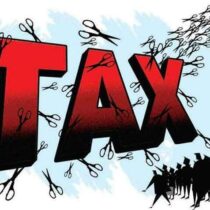







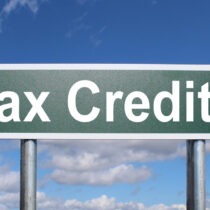
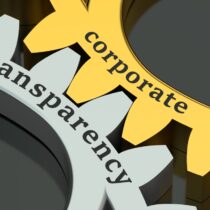

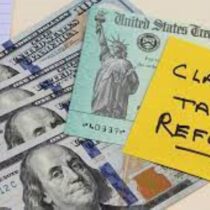




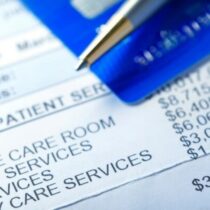




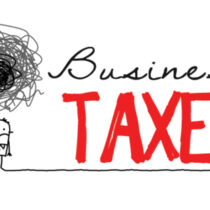

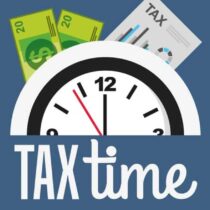

















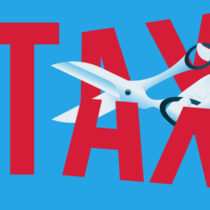
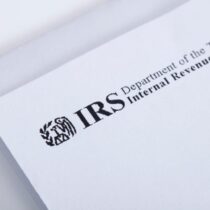
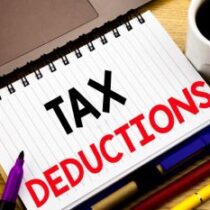
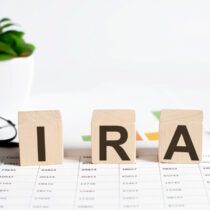
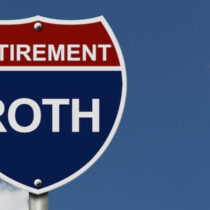

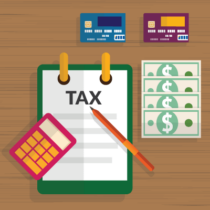


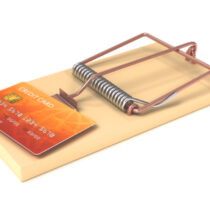
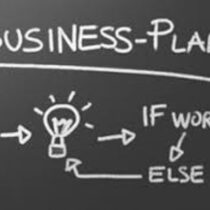


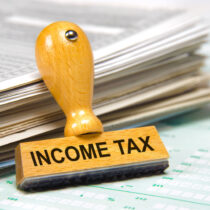

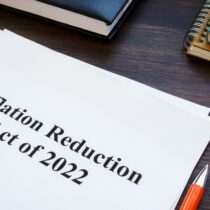



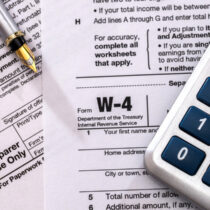




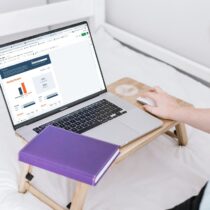


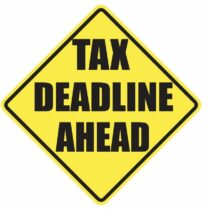
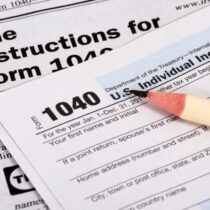
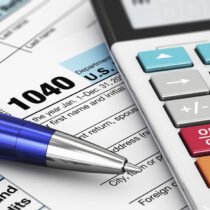

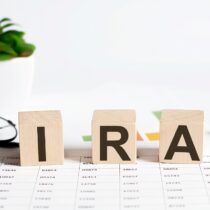

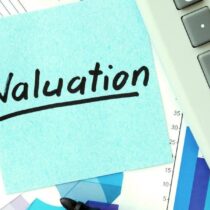
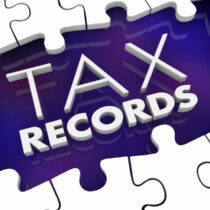
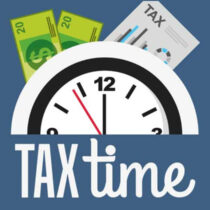


Comments are closed.